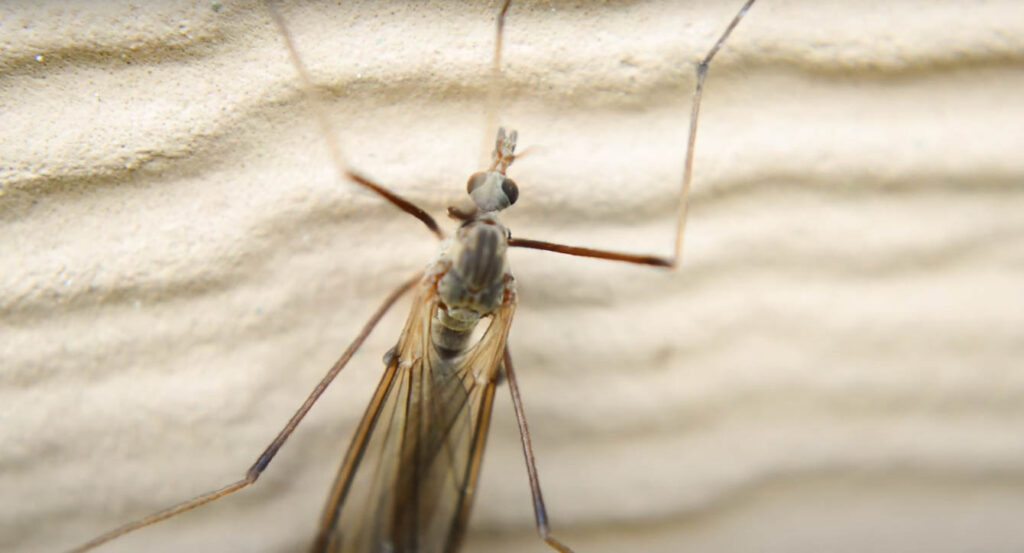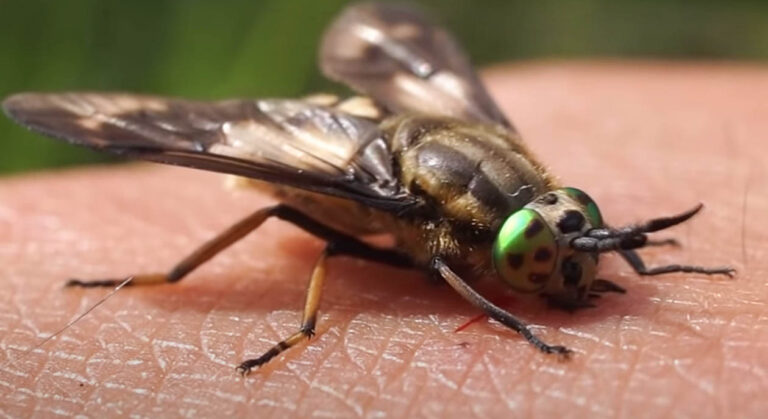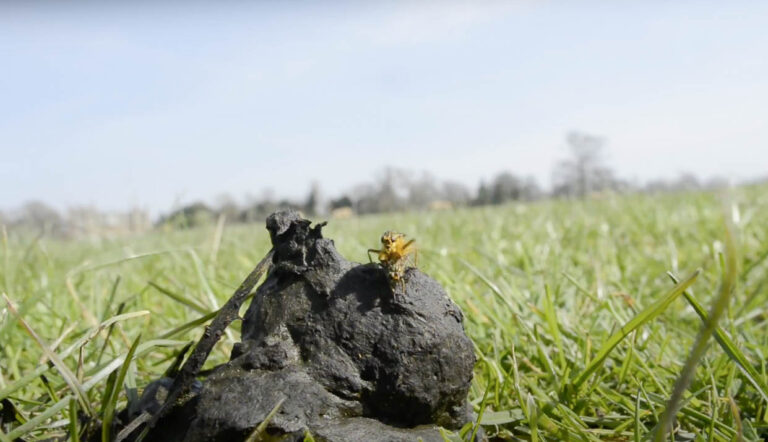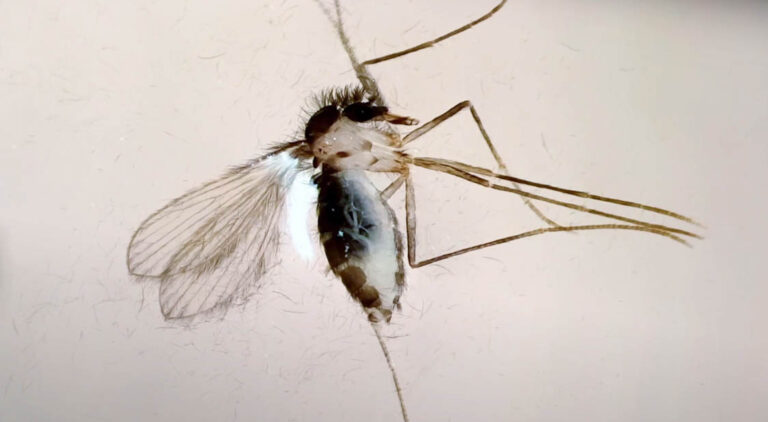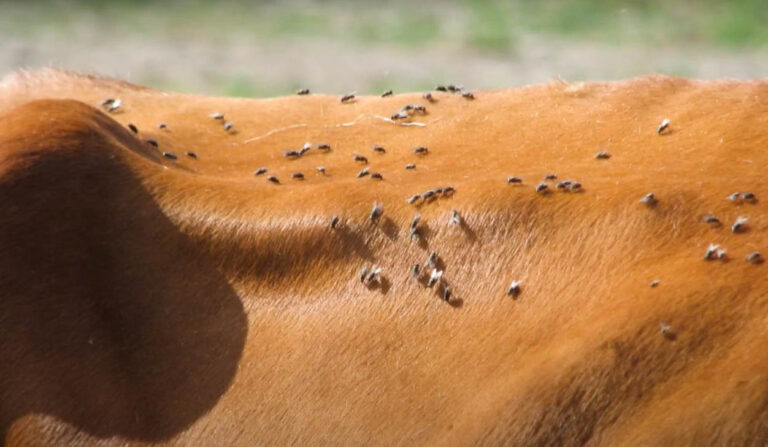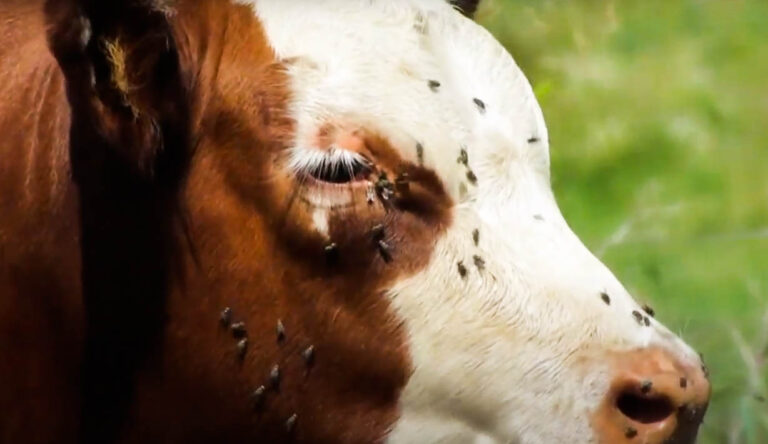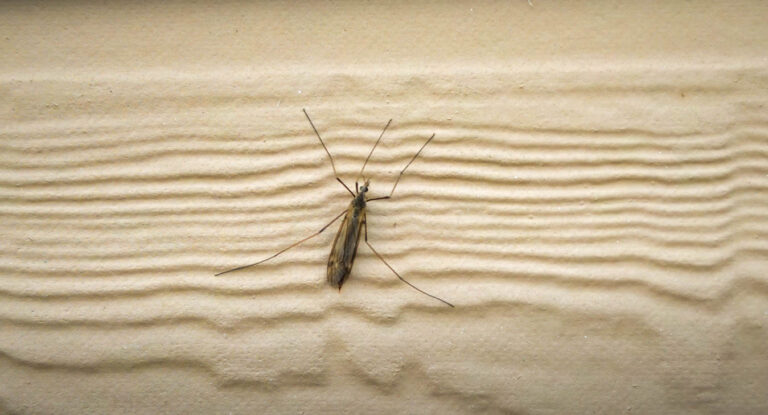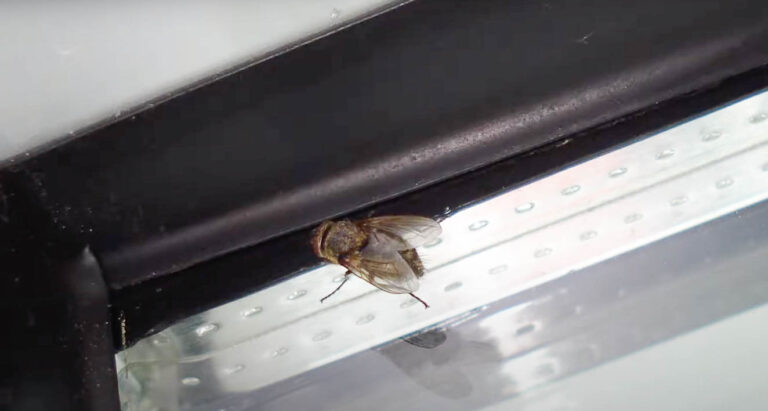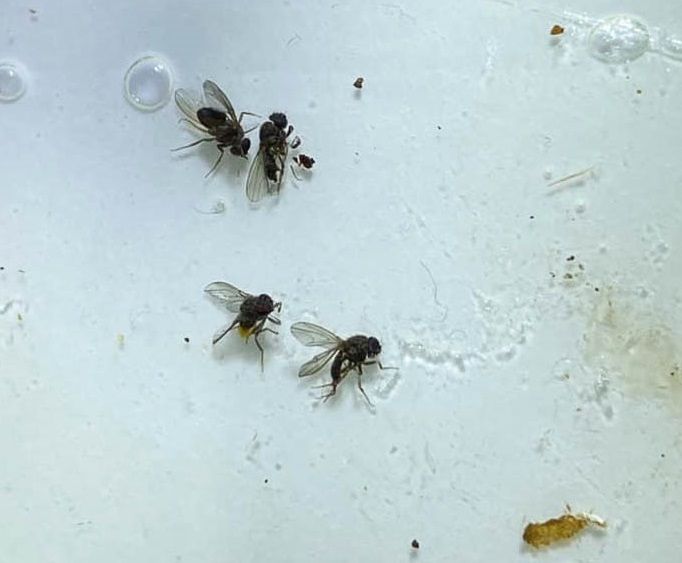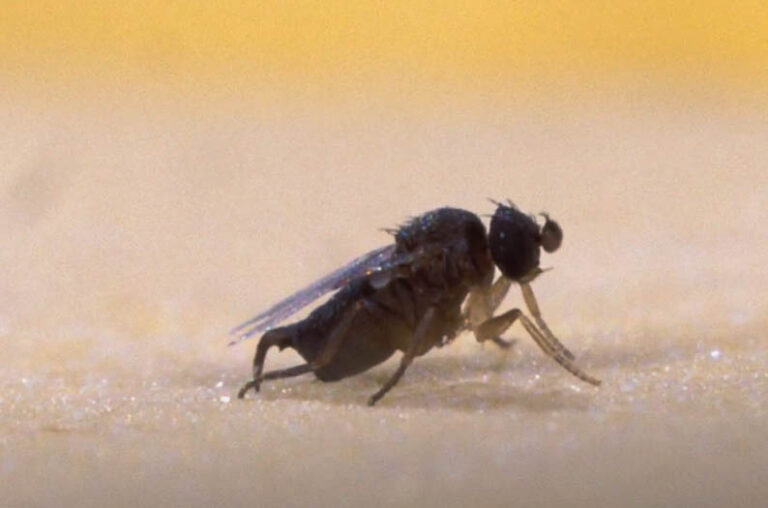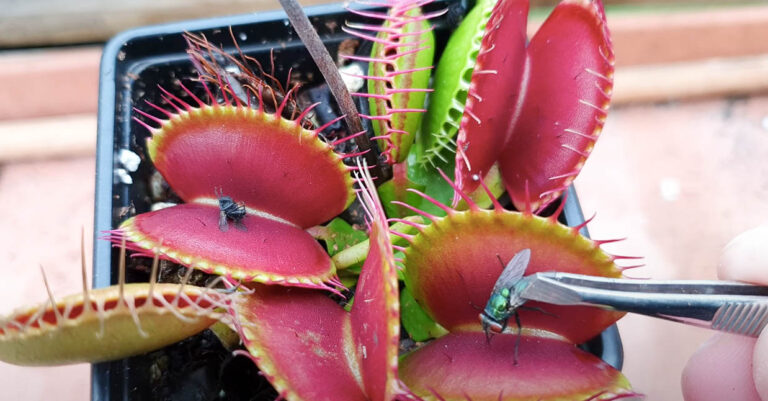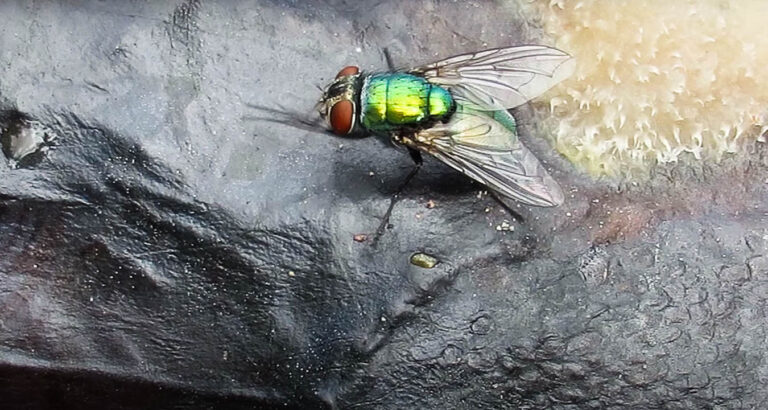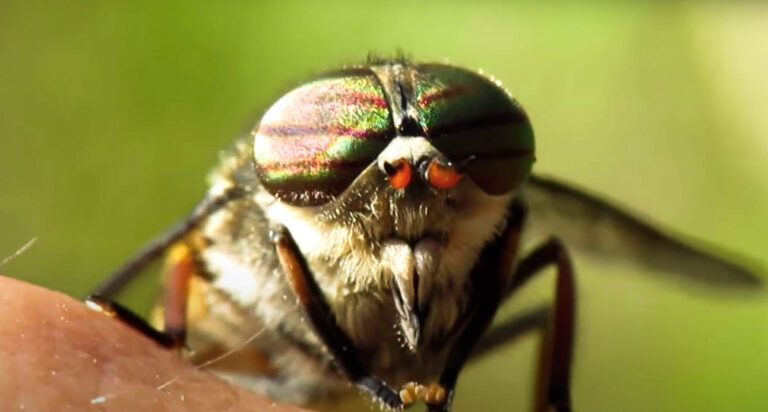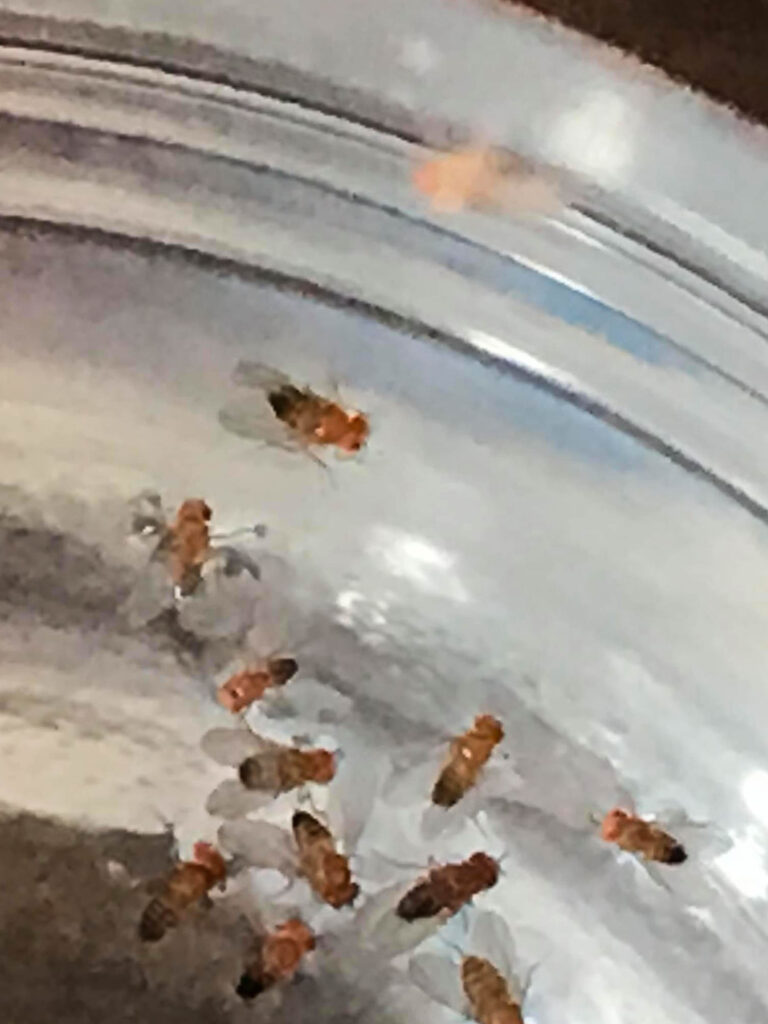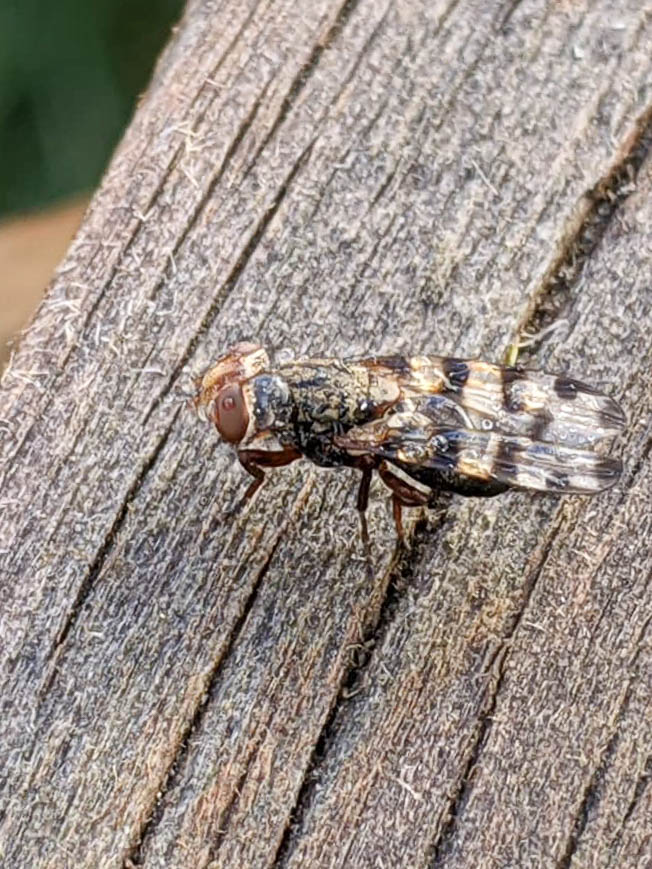About the Crane Fly
Appearance
Crane flies, or as they are also known ‘daddy longlegs’, are common insects found in homes. Frequently mistaken for mosquitos, crane flies can be easily differentiated due to their large size. Characteristically, crane flies have a small body dominated by their extremely long stilt-like legs. Unusually, the legs are only loosely attached to the body and will come off if disturbed. In regards to their body, their thorax is small but broad. It serves at the attachment point for both the six legs and for a large pair of wings. On average, crane flies’ wingspans are between 1.0 to 6.5 cm (0.4 to 2.6 in) in length. Their abdomen dominates their body, forming a long, thin, and segmented section. The abdomen is often used to differentiate between males and females. Female crane flies have much larger abdomens for housing their eggs. They are capped with an ovipositor, which can resemble a stinger. Their heads are small, with a long snout. From the top of the head, emerge two long, segmented antennae.
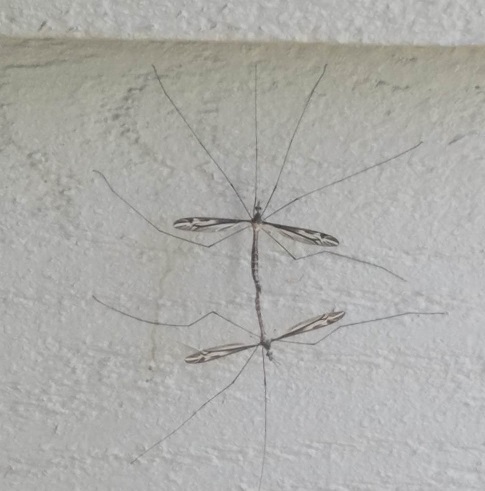
Behavior
Crane flies do not bite and are generally non-harmful to humans. Their primary source of food is leaf litter from trees. They prefer hickory, American chestnut, and maple, but will also eat red and white oak, and American beech. Unlike some species of insects, which hibernate for the winter, crane fly larvae will eat for the entire season. Then, in spring, they will rest. However, some species do not feed at all, except for nectar. These species mate soon after they have pupated (see more below). They are notoriously poor fliers, despite the size of their wings. In a room, they will dart about, moving erratically from one corner to another.

Life cycle
Crane flies are often known by another name: leatherjackets. This refers to their larval form, which have gained a reputation for destruction. After mating, which is the primary purpose of the adult crane fly, the female will deposit her eggs in wet soil or an algae clump. However, the choice of where to lay eggs can differ between species. Crane-fly eggs are typically black. After a certain period, the eggs hatch, and the leatherjacket emerges. These larvae feed on roots and decaying plant tissue; however, some species can be carnivorous. They have earned their reputation for destruction due to their effects on cereal and grass crops. Leatherjackets can gnaw through the roots, decimating a harvest.
Leatherjackets earned their name due to their tough outer exterior.
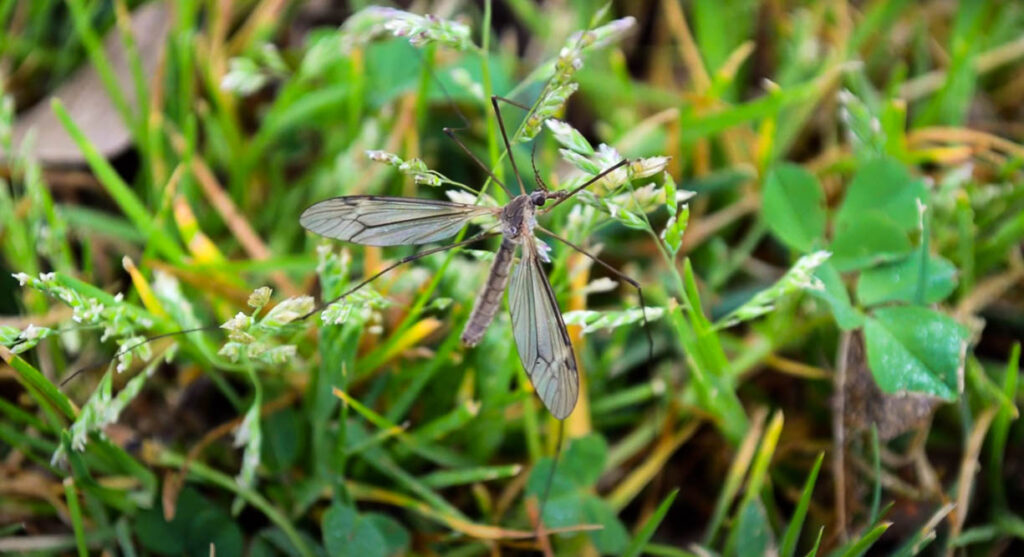
After they’ve gorged themselves on plant roots and decaying material, the larvae are ready to pupate. As mentioned, the larvae will eat for the entire winter, before being ready to rest in the spring. During this phase, inside the hard casing, the larvae transform into an adult crane fly. However, once they’ve transformed, time is ticking. An adult crane fly can expect to live around ten days, at best they might manage 15 days. Females will usually mate immediately. Then, the cycle begins again.
Habitat
Crane flies are found in a large variety of habitats. Often preferring wet habitats: near rivers, in marine locations, or near brackish water are common places to find crane flies, particularly their larvae. Some species will seek out mosses and liverworts, or even inside decaying wood or sodden logs. However, not all species like wet or moist habitats. The larval form is often found in dry soils, such as pastures, lawns, or agricultural soils. It is these species that cause the most damage to crops. Essentially, wherever there is adequate leaf litter, roots, and plant material to eat, you’ll likely find leatherjackets. Globally, crane flies are found on every continent except Antarctica. In total, there are an astonishing 15,000 species. So, no matter where you are in the world, you’re likely to spot a crane fly.
